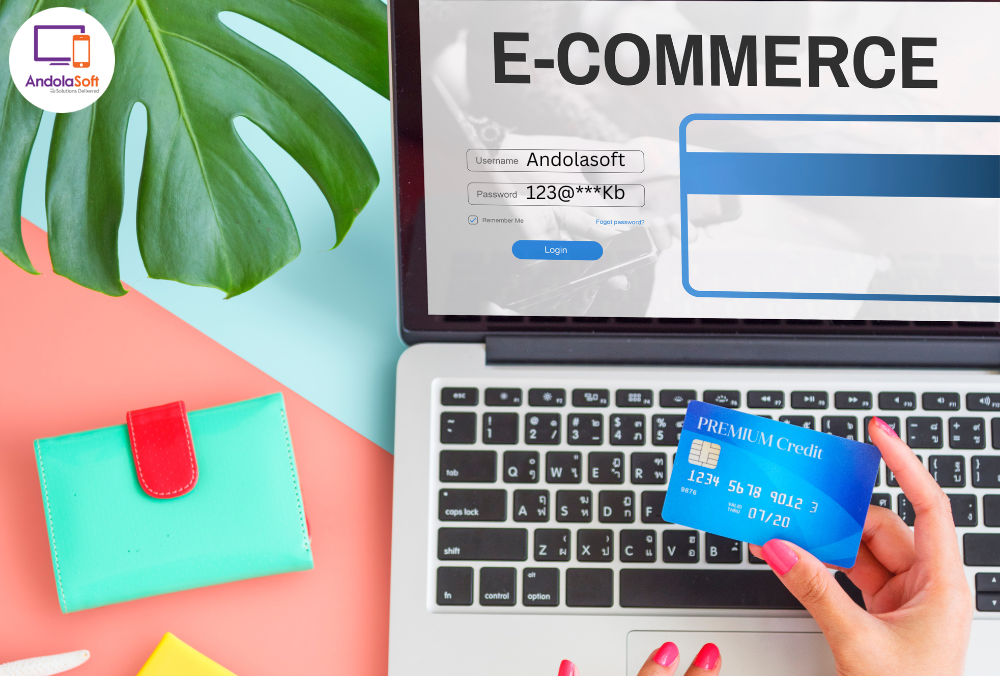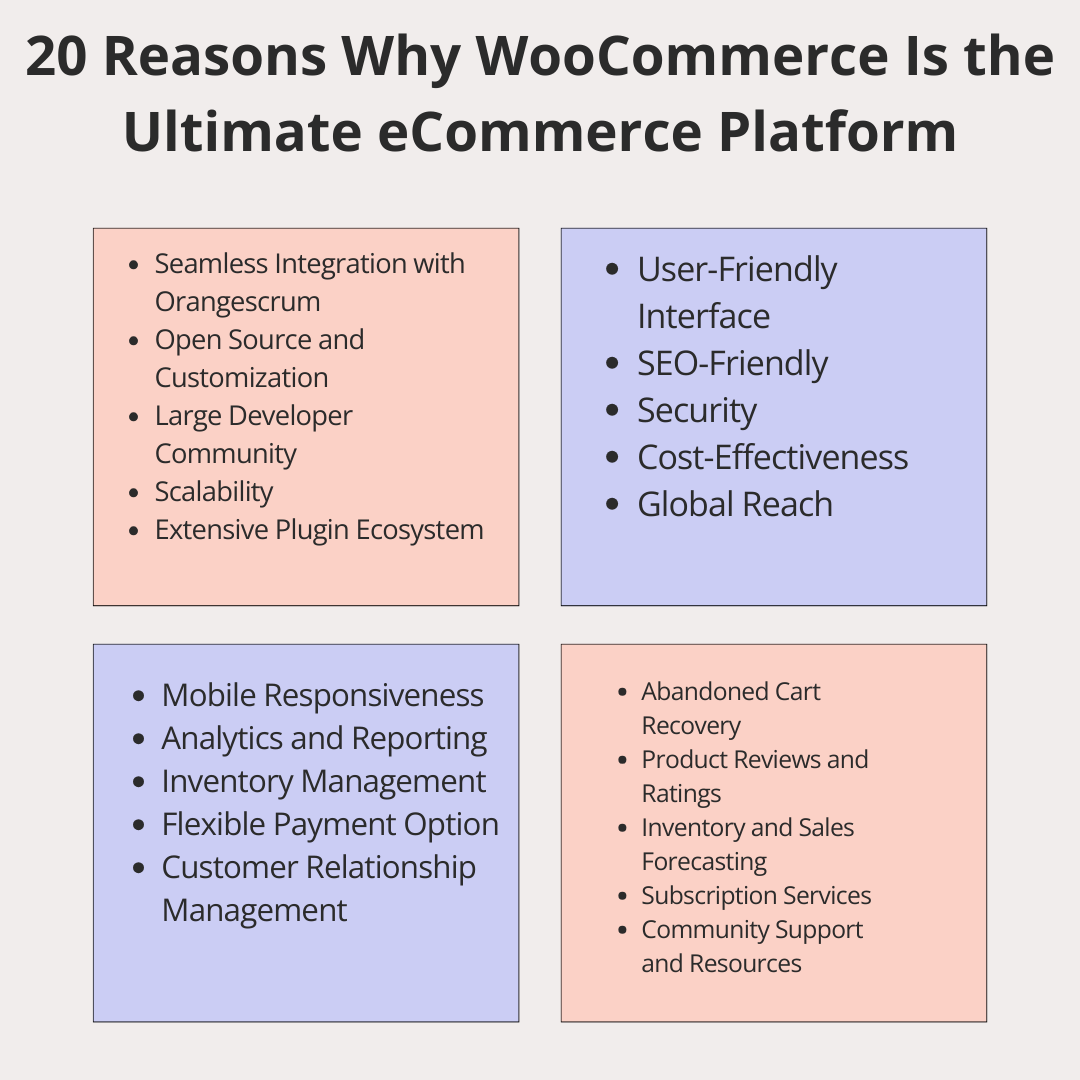The way people shop online has completely transformed how they shop. With the rise of smartphones and mobile eCommerce, it is now at the forefront of digital shopping experiences.
Today, consumers expect seamless, fast, and personalized experiences be it for browsing products, making purchases, or tracking orders. However, businesses who invest in mobile apps such as Mobile Commerce Development which is an amalgamation of mobile app development and shopping app development, are basically setting themselves up for long-term success.
In this blog, we will explore how Mobile Commerce is redefining online shopping, the key trends shaping the industry, and why businesses must focus on Mobile Shopping Cart Development to stay competitive.
The Growth of Mobile Commerce
Mobile-commerce has been on a meteoric rise, today more than half the online commerce happens on mobile devices. In this section, we will learn why mobile commerce is on the rise.
Here’s why:
- Mobile-first consumers: Today, more than 70% of online shoppers prefer mobile devices over desktops.
- Higher engagement: Mobile shopping apps also see higher engagement and conversion rates than traditional web-based shopping.
- Instant gratification: Customers can browse, compare, and purchase within seconds, anytime and anywhere.
Ensure that your business focuses on Mobile app development to create intuitive, high-performing shopping apps to keep users engaged and drive sales.
Key Trends Driving Mobile Commerce
1. Mobile Shopping Apps Are Dominating Online Retail
Shopping app development has revolutionized the eCommerce industry; thereby leading retailers to prioritize mobile apps to offer the following services:
- Provide personalized product recommendations
- Save payment methods to create a one-tap checkout
- Seamless integrates with loyalty programs
If your eCommerce doesn’t have a mobile shopping app yet, now is the time to invest in mobile commerce development so that you can enhance your customer engagements as well as drive sales.
2. The Rise of Mobile Shopping Cart Development
Cart abandonment is a major challenge in eCommerce where businesses who invest in mobile shopping cart development are seeing a reduced abandoned rate. They are implementing the following:
- Auto-save carts: Enable customers to resume shopping later
- One-click payments: Speed up transactions
- Multiple payment options: Enable multiple payment options such as Apple Pay, Google Pay and Cryptocurrency
A seamless checkout experience can lead to increased conversions and customer satisfaction
3. Voice Commerce and AI-Powered Shopping
Voice-enabled shopping has become more mainstream. All thanks to smart assistants such as Alexa and Google Assistant, mobile commerce development is now integrating AI-driven voice search to make product discovery and purchasing even more convenient.
4. Augmented Reality (AR) for Immersive Shopping Experiences
Today AR technology is also changing how people shop. Using this technology, users can virtually try on various clothes, preview furniture in their homes as well as get an interactive feel of the products before they purchase. Businesses that integrate AR into their shopping app development are also gaining a competitive edge.
5. Progressive Web Apps (PWAs) for Faster Shopping
Progressive web apps combine the best of mobile applications and websites and offer the following:
- faster load times
- Offline functionality
- Improved performance
When you have businesses that do not have the resources for a full-fledged application you need to invest in mobile shopping cart development by using progressive web applications, which is a smart alternative.
Why Businesses Must Prioritize Mobile Commerce Development
Investing in mobile eCommerce development is more than just a trend, it’s a necessity. Here’s why you need mobile commerce development.
- Higher Conversion Rates: Mobile-optimized shopping experiences result in more completed purchases.
- Better Customer Engagement: Enable push notifications, loyalty programs, and personalized content to keep users engaged.
- Competitive Advantage: Businesses that embrace mobile app development stand out in the digital marketplace.
- Global Reach: Mobile eCommerce enables brands to reach customers worldwide, there by breaking geographical barriers.
Future of Mobile Commerce
The future of online shopping is mobile, and organizations must adapt to these advancements:
- Create AI-powered chatbots for instant customer support
- Enable biometric authentication for seamless and secure payments
- Ensure social commerce integrations for more direct shopping via various social media platforms
- Implement blockchain for more secure and transparent transactions
Shopping app development is evolving thereby making mobile shopping more intuitive, secure, and engaging.
Conclusion
Mobile commerce is also transforming online shopping and when you invest in mobile commerce development you will lead the digital marketplace.
Be it through mobile shopping cart development, AI-driven recommendations, or wanting to create an immersive shopping experience, the key to success is adapting to the changing consumer habits.
Moreover, if you want to enhance your eCommerce strategy, you should prioritize mobile app development to create a seamless, engaging shopping experience for your customers.









